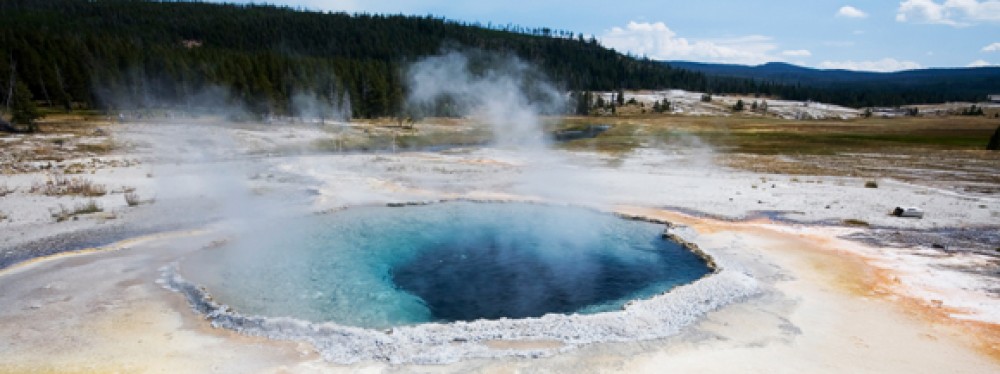Geothermal electricity generation is a concentrated, subterranean resource and therefore has less capability for environmental injustice than many other sources of electricity. Some adverse effects of the extraction process are the increased temperature of surrounding bodies of water, such as lakes, streams, and rivers, as well as power plant emissions of generators, turbines and compressors which are used to convert superheated vapor into electric power. These larger power plants do take up a fair amount of space and are generally located in desert areas in the western regions of the United States. Unfortunately the heated bodies of water and the neighborhoods surrounding them and the power plants themselves cause debates on whether or not the locations selected for geothermal power plants are made deliberately to affect adjacent communities, which may be poorer or less fortunate than other potential locations.
The aesthetics of power plants for all forms of electricity generation resources are debated and seemingly come to the idea of the “Not In My Backyard” (N.I.M.B.Y) philosophy. A large amount of the planning process for electric companies across the United States goes into environmental and social planning. While people may not like living in the general vicinity of power plants, they are always happy to have their lights turn on.
Primary Author: Kyle Brennan
Edited by: Jessica Ross
